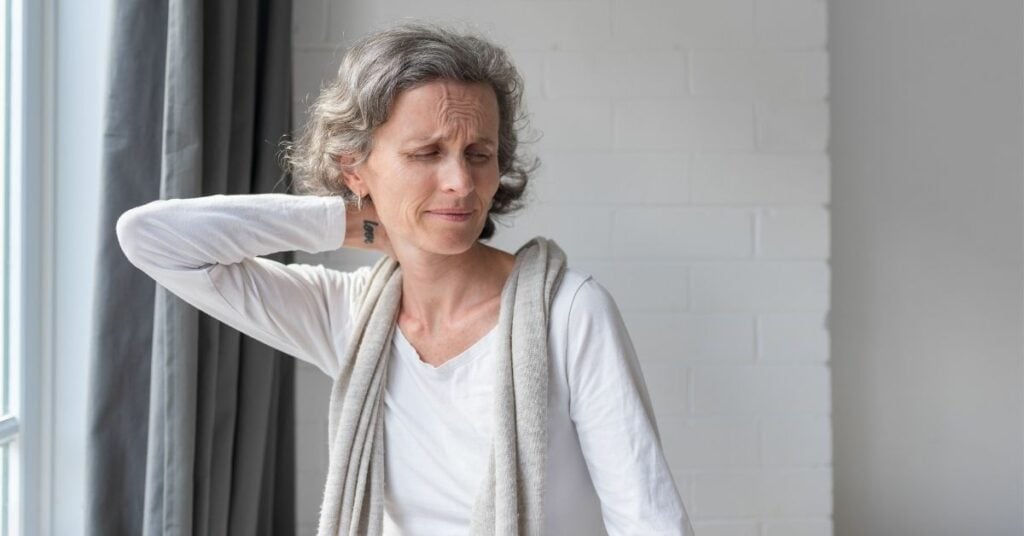Seasonal affective disorder: Symptoms, causes, and treatment
Reviewed by Robert Bogenberger, PhD

Seasonal affective disorder (SAD) is a type of depression that’s triggered by a change in season. It usually begins in the fall or winter, but it can happen in spring or summer also.


SAD affects about 5% of US adults, and it can start at any age.1 Anyone can experience seasonal affective disorder, but it’s more common in women, people with a history of depression, and people who live far from the equator. The condition often lasts about 40% of the year, with the most challenging months typically being January and February.
Unlike the less severe and much more common “winter blues,” SAD is a mental health condition that can interfere with your day-to-day functioning. The good news is that, like other forms of depression, it can be treated.
SAD vs. the winter blues
“Winter blues” isn’t a clinical diagnosis, but a more general way to describe the low state many people experience when seasonal factors like lack of sunlight, cold weather, holiday stress, and loneliness impact their lives.
Like SAD, winter blues involve seasonal feelings of sadness and low energy, but they’re usually milder and don’t last as long. They tend to go away on their own or can be managed with healthy self-care—but if they persist or get worse, professional mental health treatment can also help.
Symptoms of SAD
Seasonal affective disorder affects people differently, but its symptoms can include:
- Feeling sad or down most of the day, almost every day
- Loss of interest in activities you once enjoyed
- Difficulty concentrating
- Low energy levels
- Restlessness or irritability
- Changes in appetite or weight
- Changes in sleeping patterns
- A sense of hopelessness or worthlessness
- Thoughts of death or suicide
If you’re in crisis, help is available now. Call or text the free, confidential 988 Lifeline at 988. You can also text HOME to 741741 to reach the Crisis Text Line. Both resources are available 24/7.
Causes of SAD
While the cause of seasonal affective disorder isn’t fully understood, it’s believed to involve changes in the brain that result from reduced sunlight exposure. Additional risk factors include:
- Having a family or personal history of depression, anxiety, or other mental health disorders
- Living in a place with long, dark winters
- Being unable to spend enough time outside during daylight hours
SAD and other kinds of depression can also be influenced by factors like stress, trauma, grief, isolation, illness, substance abuse, chronic pain, genetics, family relationships, and lack of social support.
Treatment for SAD
Evidence-based treatments for seasonal affective disorder include light therapy, talk therapy, antidepressants, or a combination of these approaches.2
- Light therapy—sitting close to a therapy box that emits very bright light (at least 10,000 lux) each morning for about 30 minutes—is thought to help replace the lack of sunlight in fall and winter. It can substantially improve SAD symptoms.3
- Antidepressant medications such as SSRIs or bupropion are often used to treat SAD.
- Talk therapy can help you develop strategies for managing symptoms of depression.
- Cognitive behavioral therapy (CBT) may be especially helpful for relieving symptoms of seasonal affective disorder.4
While many people with SAD have low levels of vitamin D, which the body creates when exposed to sunlight, it’s not clear whether vitamin D supplementation actually helps relieve symptoms.5
At-home strategies
Certain healthy lifestyle changes can help you manage symptoms of both SAD and the winter blues:
- Experience natural light as early in the day as possible.
- Move your body regularly.
- Eat a nutritious, balanced diet.
- Spend time with friends and loved ones.
- Limit or avoid alcohol and drugs.
- Limit or avoid screen time, especially in the evening.
- Practice relaxation techniques such as mindfulness and meditation.
- Practice good sleep hygiene.
- Wake up and go to bed around the same time each day.
If you’re struggling with feelings of depression or sadness, reach out for help. Visit our directory to find a licensed mental health professional near you.

Sources
1 https://www.psychiatry.org/patients-families/seasonal-affective-disorder/
2 https://www.psychiatry.org/patients-families/seasonal-affective-disorder/
3 https://www.ncbi.nlm.nih.gov/pmc/articles/PMC6746555/
4 https://www.nccih.nih.gov/health/seasonal-affective-disorder/
5 https://www.nccih.nih.gov/health/seasonal-affective-disorder/
About the author
The editorial team at therapist.com works with the world’s leading clinical experts to bring you accessible, insightful information about mental health topics and trends.
Related articles

How nature therapy benefits mental health
Spending time in the natural world is healing for our minds and our bodies...

Chronic pain and mental health
Chronic pain and mental health share a complex relationship, but those who...

Electroconvulsive therapy (ECT)
Electroconvulsive therapy (ECT) can be a highly effective treatment for severe...

As all of us in the United States move into the coming months, a full year into...
